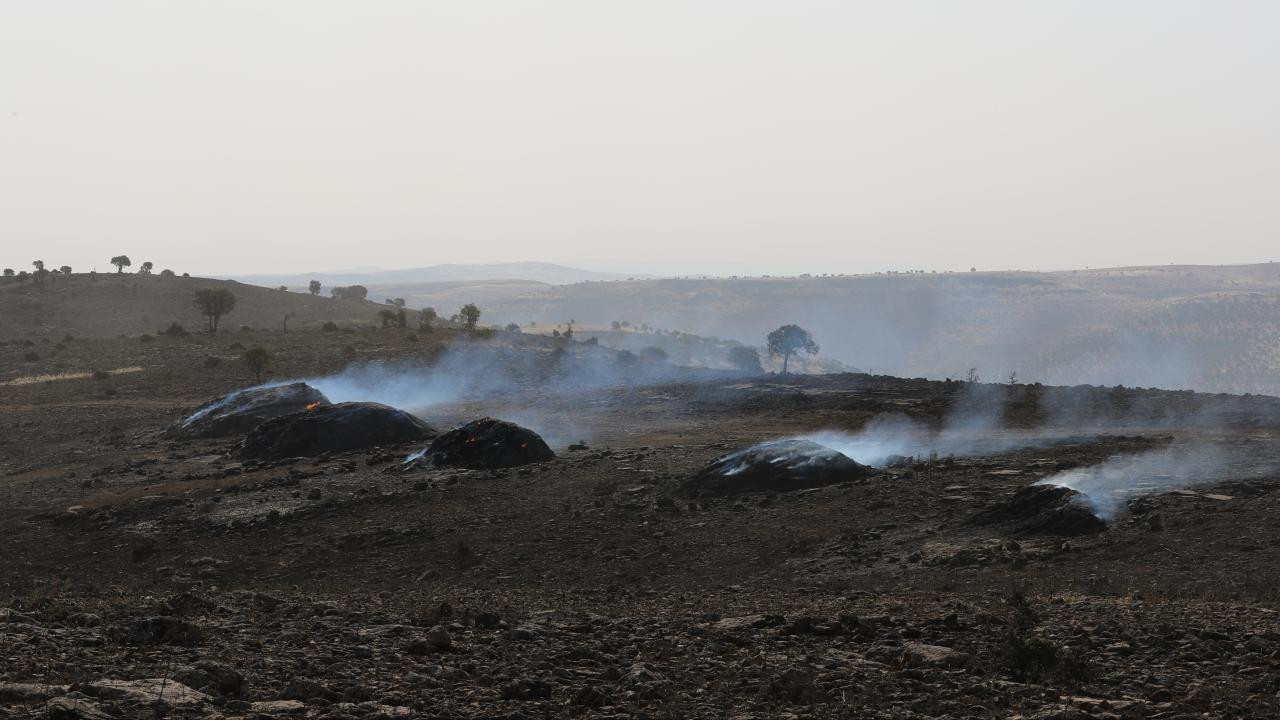Medical chamber points out regional healthcare inequality in Turkey
The state-run TÜİK reports the doctor-to-population ratio in Turkey’s Kurdish majority east and southeast as 1:1000. The data reveals a striking inequality in access to healthcare across Turkey, which has multiple structural causes according to the Diyarbakır Medical Chamber.
Duvar English
According to data from the state-run Turkish Statistical Institute (TÜİK), the number of doctors per thousand people is just one in the eastern and southeastern provinces of Urfa, Bingöl, Bitlis, Muş, Siirt, Hakkari, Şırnak, Ağrı, Iğdır, Mardin, and Batman, which are among the Kurdish-majority provinces.
Following the Ministry of Health's Annual Statistics, TÜİK data also revealed the regional disparity in the distribution of doctors, hospital beds, and hospitals.
The capital province of Ankara had the highest ratio with four doctors per thousand people, followed by Istanbul, İzmir, Eskişehir, Isparta, Trabzon, and Edirne.
In many provinces in the Aegean, Mediterranean, Marmara, and Black Sea regions, there were two doctors per thousand people. However, in eastern and southeastern Turkey, this ratio stood at one.
Dr. Veysi Ülgen, President of the Diyarbakır Medical Chamber, evaluated the data for the daily BirGün. He said that several factors contributed to the shortage of doctors in Turkey’s east. He emphasized that doctors did not want to work in the region, and many prepared to go abroad due to challenging working conditions as early as medical school.
“When doctors do not feel safe, they seek to practice elsewhere. The working environment for doctors needs improvement," he noted.
Ülgen also pointed out that the number of doctors in the region was steadily declining, with violence against doctors being a significant issue. He stressed the growing problem of a shortage of specialist doctors, saying, "It is said there is one doctor per thousand people, but most are recent graduates or those doing mandatory service.”
The chamber president found public investments to be inadequate in the region. For instance, in Diyarbakır, Turkey’s 12th most crowded province with a population of 1.8 million, there were only seven private and four public hospitals.
The doctor continued, “Finding specialist doctors in fields like cardiology and neurology in public hospitals is very difficult. Doctors who come for mandatory service leave, and local doctors also leave. Instead of taking measures, the authorities say, 'If they want to go, let them go.'"
Provinces with smaller but not Kurdish-majority populations like Nevşehir, Niğde, Aksaray, and Bayburt similarly had only one doctor per thousand people. Dr. Ülgen attributed this situation to the pressure from hospital administrators, economic issues, and violence in healthcare.
Kubilay Yalçınkaya from the Health and Social Service Workers Union (SES) stated that regional inequality in healthcare was deepening.
"The shortage of doctors and the migration of doctors within and outside the country have disrupted balanced distribution. The distribution of beds and doctors has been adversely affected, especially in city hospitals. The distribution of private hospitals in metropolitan areas has further deepened the inequality," he said.
Yalçınkaya also noted that a shortage of doctors and available healthcare in provinces led to fewer patient visits, potentially resulting in more long-term health problems. For example, the eastern Hakkari province had half as many specialist doctors as Isparta, resulting in half the number of patient visits per capita compared to Isparta.
Most recently, a wildfire with an unidentified cause ravaged the small Çınar district of Diyarbakır. The death toll rose to 15, as the injured had to be transferred to out-of-province hospitals as the nearby hospitals lacked burn units.
Turkey's doctor-to-population ratio ranked last in Europe with 218 doctors per 100,000 people, in the European Statistical Office (Eurostat)'s 2023 report.


 Turkish governor’s bodyguards batter person protesting negligence in fire disasterDomestic
Turkish governor’s bodyguards batter person protesting negligence in fire disasterDomestic Turkey has lowest doctor-to-population ratio in Europe, Eurostat data revealsHealth
Turkey has lowest doctor-to-population ratio in Europe, Eurostat data revealsHealth 90 percent of Turkish physicians exposed to violence, TTB reportsHealth
90 percent of Turkish physicians exposed to violence, TTB reportsHealth